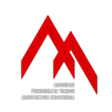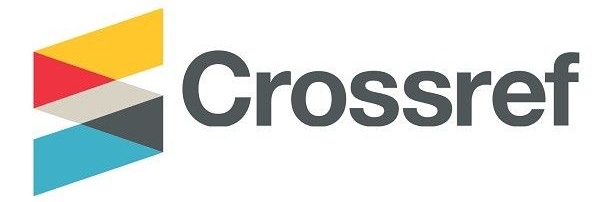Tourism Facilities on Balinese Traditional Housing Extensions in Ubud Village Bali (in Term of Environmental Sustainability)
DOI:
https://doi.org/10.21776/ub.ruas.2012.010.01.5Abstract
Tourism is one of the biggest income generators especially for developing countries. Regarding tourism facilities, most people at tourism areas extend their houses as a home stay, a restaurant, an art shop, salons, and other facilities. Without properly manage, that will have severe impacts upon local communities and environment.
The housing extensions phenomena as tourism facilities and sustainable issue in tourism areas occur at some rural areas in the world including Indonesia and Bali, especially Ubud Village. These house extensions are often designed with adoption of tourism standard, for example, the people tend to adopt the new technology such as using air conditional to anticipate the increase of local temperature (as the effect of climate change). In order to overcome the ecological problem and energy, they use modern building material such as aluminum, plastic, asbestos, etc. That building are often designed by less taking local characteristic of tropical environment. Consequently, the cost was excessively high and the impact on the environment was negative.
The objective of this study is to know how application of Balinese architecture in tourism facilities at Ubud Village. In order to achieve this objective, this research uses stratified random sample survey strategy, and case studies.
The result of research shows that generally the tourism facilities at Ubud Village has been far away use Balinese architecture principle like ventilation, material, ornament landscape etc. On the other hand, many facilities use air conditioning and other equipments to find comfortable in the room. That is wasteful of energy and unfriendly to environment. The solutions suggested in this research are the use of sun shading to control of sunlight both vertical and horizontal shading to decrease use of air conditional; the arrangement of the buildings, the attention on environment , the use of material etc.
Keywords: extension housing, energy, sustainable
Downloads
How to Cite
Issue
Section
License
Authors who publish with this journal agree to the following terms:
- Authors retain copyright and grant the journal right of first publication with the work simultaneously licensed under a Creative Commons Attribution License that allows others to share the work with an acknowledgement of the work's authorship and initial publication in this journal.
- Authors are able to enter into separate, additional contractual arrangements for the non-exclusive distribution of the journal's published version of the work (e.g., post it to an institutional repository or publish it in a book), with an acknowledgement of its initial publication in this journal.
- Authors are permitted and encouraged to post their work online (e.g., in institutional repositories or on their website) prior to and during the submission process, as it can lead to productive exchanges, as well as earlier and greater citation of published work (See The Effect of Open Access).











